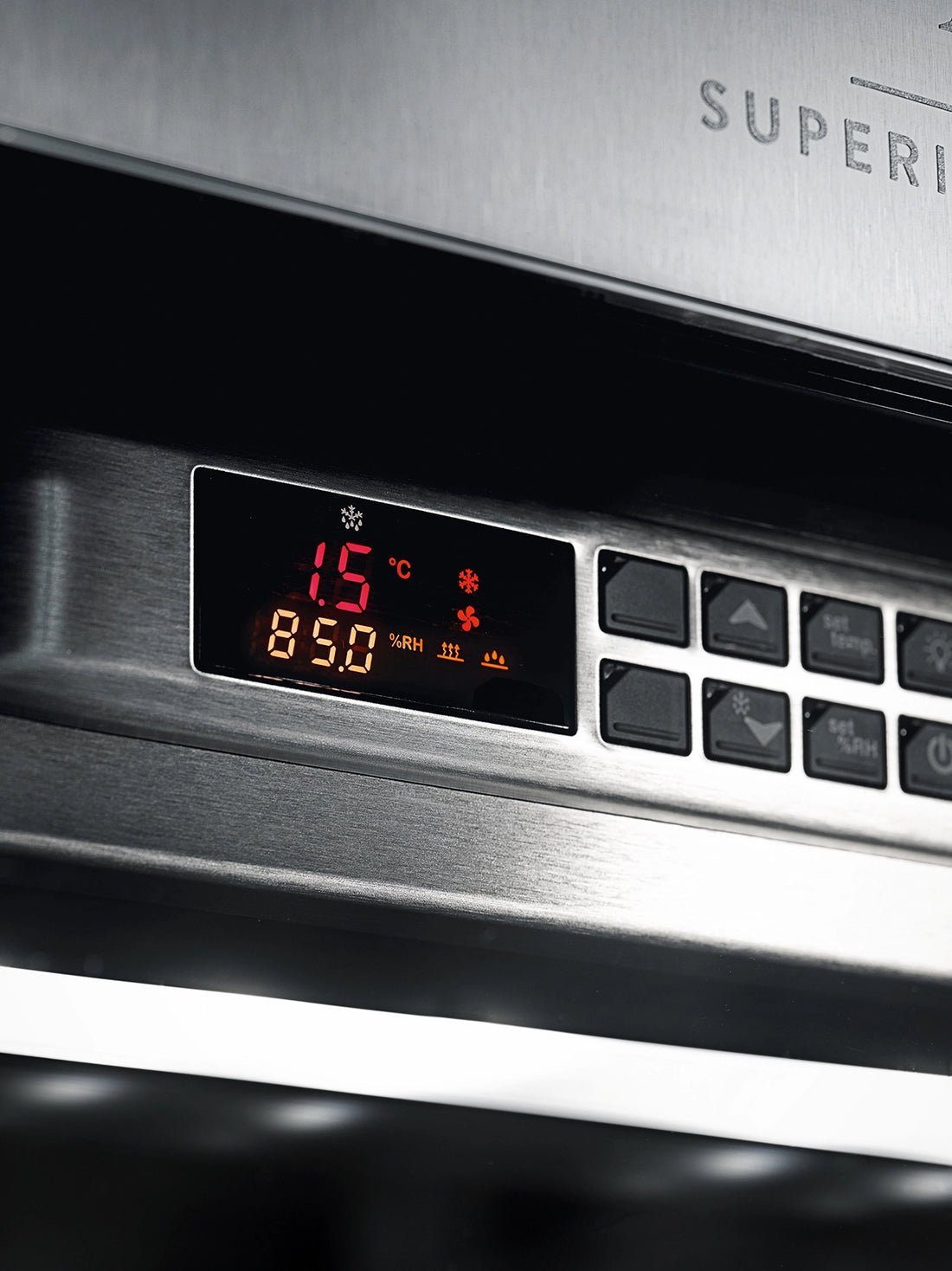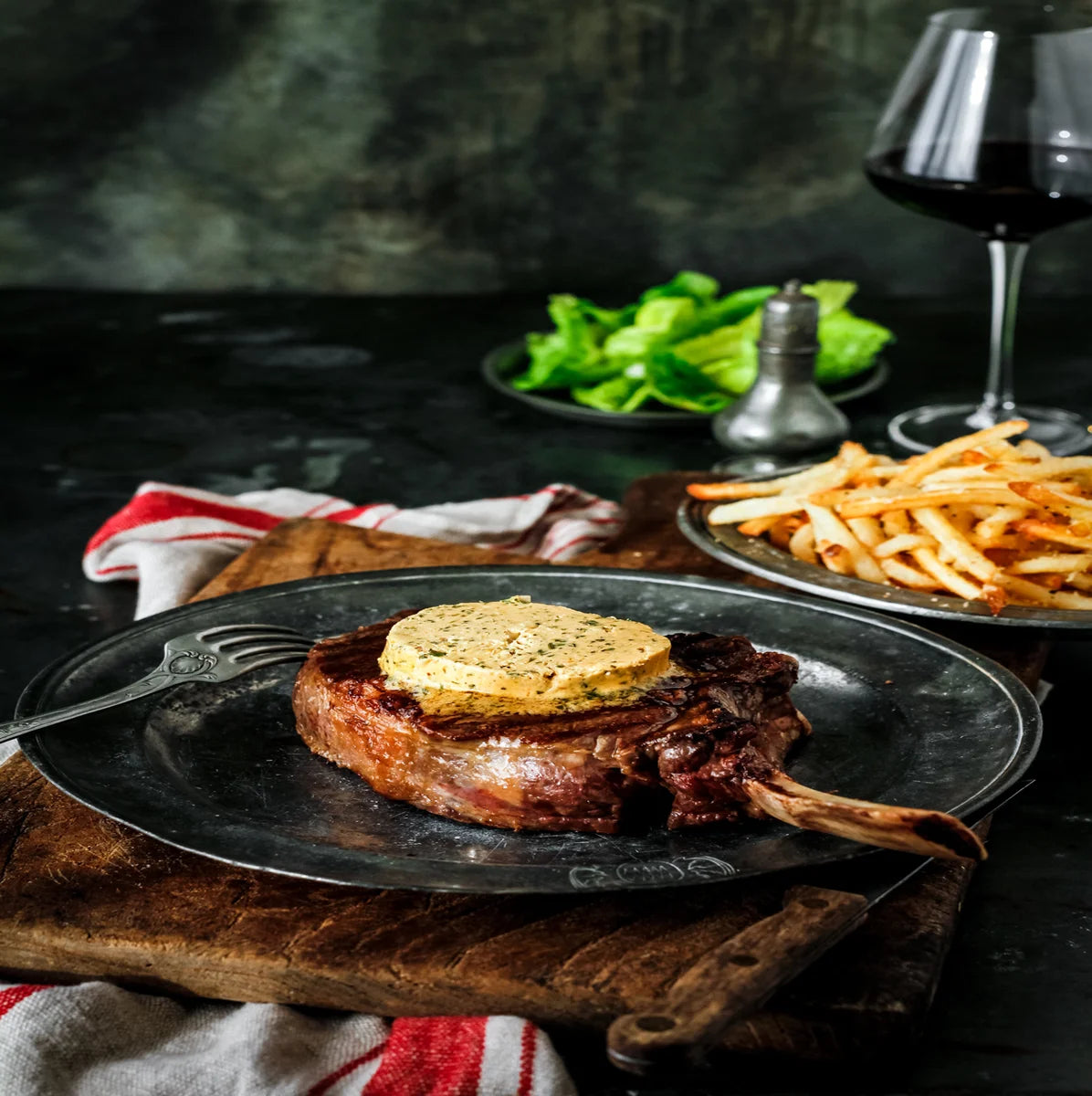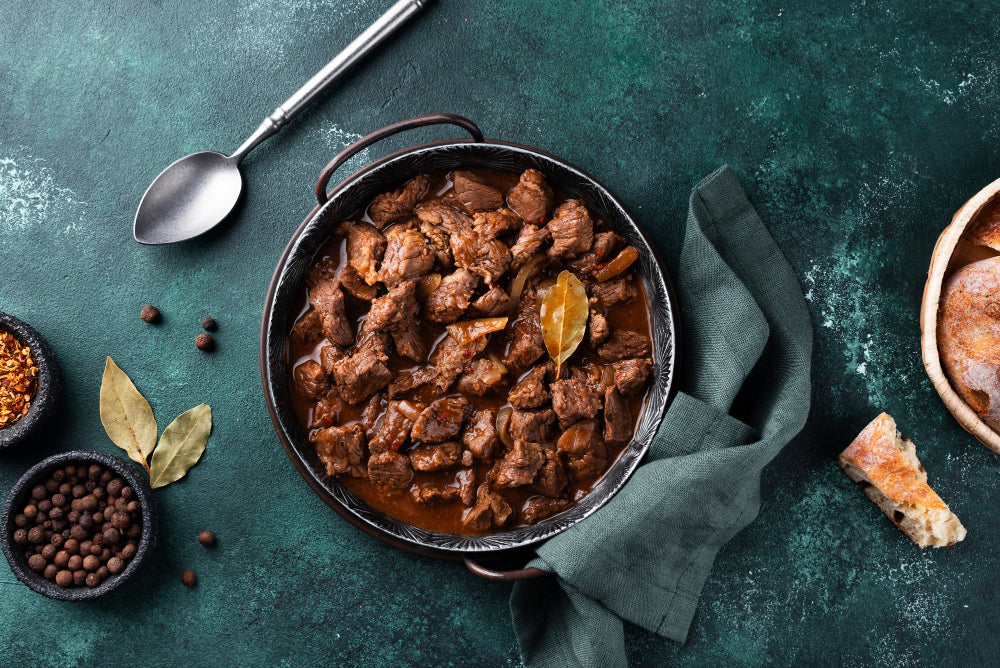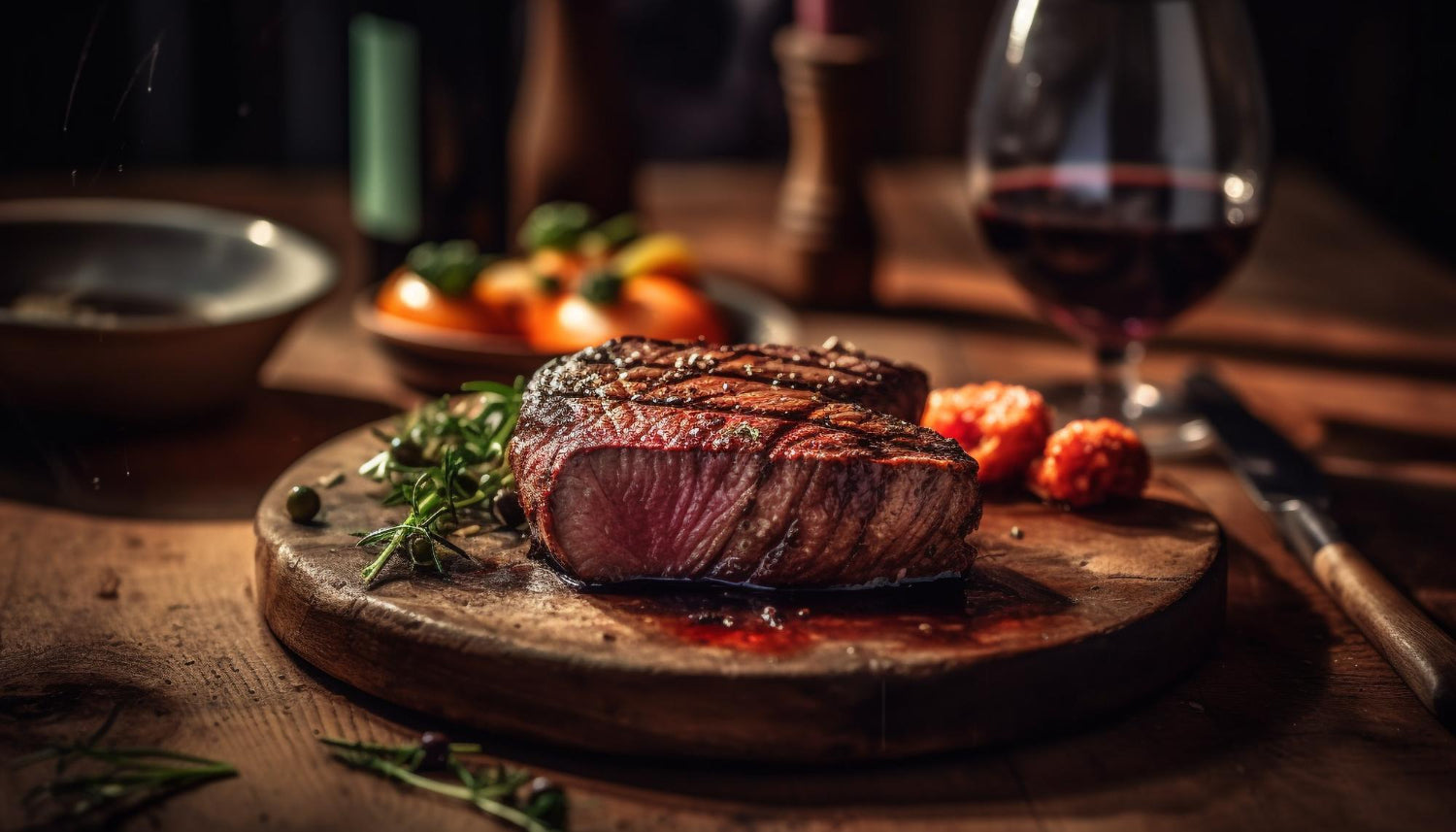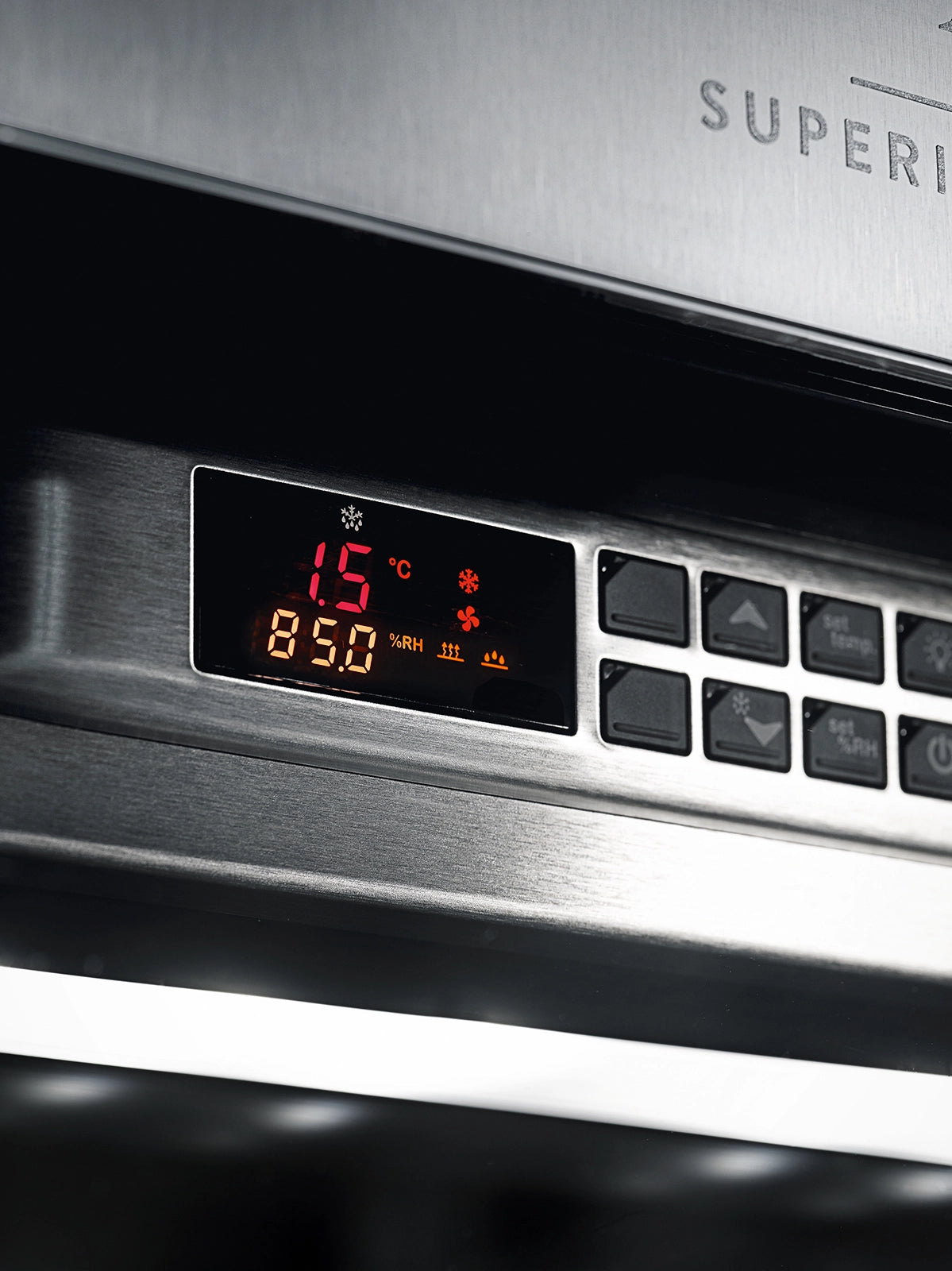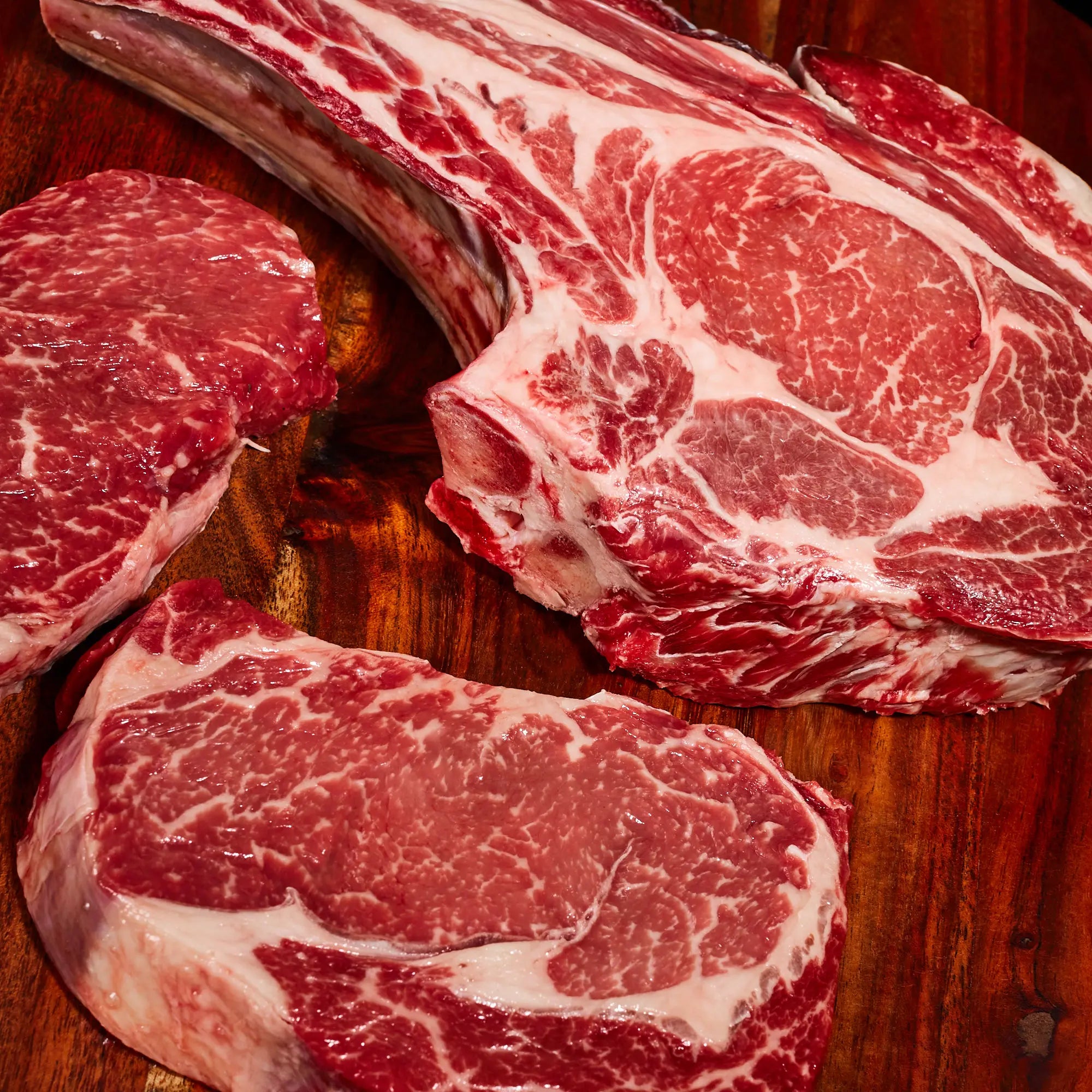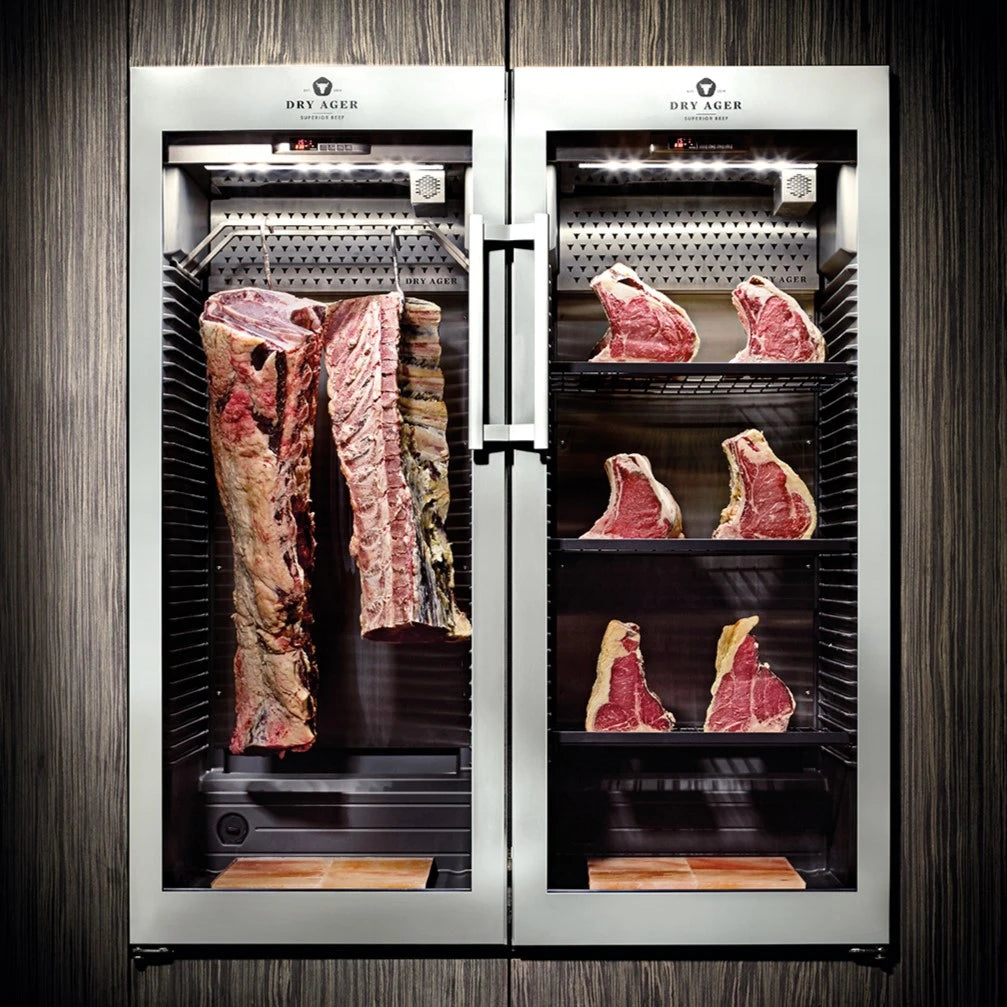Have you ever wondered how to maximise your eating experience of Matangi Angus Beef, which is known for its great quality, tenderness and flavour?
Understanding the essential processes of correct storage and preparation is the key. These techniques are vital for achieving the full potential of your Angus cuts, from guaranteeing optimal freshness to increasing the exquisite flavour profile. In this post, we'll reveal the secrets to preserving and preparing Matangi Angus Beef, as well as to walk you through the crucial skills that will enrich your culinary adventure.
Proper Storage Techniques
Refrigeration
- Keep it Cold
Keep Matangi Angus Beef in the refrigerator at 0°C to 4°C (32°F to 40°F). Cold temperatures help to keep things fresh and limit bacterial growth.
- Use Proper Packaging
Matangi Angus Beef is delivered vacuum packed to ensure ultimate freshness and shelf life. However, should you have some left over, wrap the beef snugly in plastic wrap or place it in a resealable plastic bag to avoid air exposure, which can promote oxidation and deterioration.
- Avoid Cross-Contamination
To prevent bacteria from spreading, keep raw Angus beef away from other items in the refrigerator. To prevent spills onto other foods, use a specific location or keep it on the lower shelves.
Freezing
- Package for Freezing
Ideally vacuum pack for freezing. If this is not possible, use freezer-safe packing such as freezer bags or airtight containers if you intend to freeze Angus beef for long-term storage. To avoid freezer burn, eliminate any surplus air.
- Label and Date
To ensure that you use the packaged beef within the stipulated time range, properly label it with the date of freezing.
- Storage Duration
Consume frozen Angus beef within 6-12 months for the best quality. The beef may still be safe to consume beyond this period, but the texture and flavour may be impaired.
Preparing Angus Beef for Cooking
When freezing Matangi Angus Beef, it's essential to use the proper approach to ensure both safety and flavour. Here are two methods for thawing frozen Angus beef:
Refrigerator Thawing
Refrigerated thawing of Angus beef is the safest and most recommended procedure. Begin by placing the frozen meat on a plate or tray to catch any drips that may occur during the thawing process. Allow the beef to slowly thaw in the refrigerator. Thawing times vary based on the size and thickness of the cut, but they usually take 24 to 48 hours. This progressive thawing method preserves the texture and fluids of the meat while lowering the possibility of bacterial growth.
Cold Water Thawing
Cold water thawing can be used for faster thawing. To prevent water contamination, place the frozen Angus beef in a leak-proof plastic bag. Place the bagged beef in a bowl of cold water, making sure the water covers the entire package. To keep the water cool, change it every 30 minutes. As a general rule, plan on 2 hours of thawing time per kilogram of beef. However, it is important to remember that this procedure should only be used when immediate cooking is intended, as extended contact with water may damage the texture of the flesh.
Safe Handling and Preparation
- Cleanliness is Key
To avoid cross-contamination, wash your hands, utensils, and cutting boards with hot, soapy water before and after handling Angus beef.
- Trim Excess Fat
Trim any excess fat from the beef before cooking if required. This minimises the overall fat content of the meal while also preventing flare-ups during grilling.
- Seasoning
Matangi Angus Beef is incredibly flavourful, and so only really requires seasoning with sea salt. However, should you wish to marinade, allow the meat to marinade for at least 30 minutes, or overnight if you prefer a more powerful flavour.
Top Tips for Angus Beef Storage and Preparation
1. Dry AgingConsider trying our customised dry aging for an intensified flavour and enhanced tenderness. Dry ageing is the process of storing beef in a controlled environment with controlled temperature and humidity for a set period of time. During this process, natural enzymes break down the muscle fibres, resulting in a more tender and flavourful end product.
2. Vacuum Sealing
Before freezing your Angus meat, vacuum seal it. Vacuum-sealed packing eliminates air, lowering the danger of freezer burn and preserving the quality and taste of the meat. It also helps to preserve moisture and reduces bacteria growth, ensuring that your beef stays fresher for longer.
3. Reverse Searing
For thicker pieces of Angus beef, try the reverse sear procedure. Instead of searing the meat beforehand, you slow-cook it in the oven at a low temperature until it reaches the desired amount of doneness. Finally, fry it quickly on a hot grill or in a sizzling pan. This approach yields an interior that is perfectly cooked, equally pink, and has a wonderfully caramelised crust.
4. Resting Period
Set aside your cooked Angus steak for around ten minutes before slicing. This resting period allows the liquids in the meat to redistribute, resulting in a more tender and tasty finished product. During this time, cover the beef loosely with foil to keep it warm.
5. Sous Vide Cooking
When cooking Angus beef, consider utilising a sous vide immersion circulator for precise temperature control. Sous vide cooking entails vacuum-sealing the beef and cooking it at a low temperature in a water bath. This approach enables even cooking and precise doneness while retaining the natural fluids of the meat.
Now you can confidently enjoy your culinary creations and luxuriate in the delectable goodness of Matangi Angus Beef!
Visit our online shop to discover a wide selection of top quality Matangi Angus beef cuts, carefully sourced from our Angus beef cattle, which are bred for eating quality. With just a few clicks, you can order the perfect Angus beef for your culinary creations, delivered directly to your doorstep. Don't miss out on this opportunity to elevate your dining experience with the finest Angus beef available in New Zealand.



-(1)-v1698874891852.webp?1800x1800&options=w_65)
-v1698875542684.webp?1800x1800&options=w_65)
-v1698874761998.webp?1800x1800&options=w_65)

-v1698820861129.webp?1080x1080&options=w_65)

-v1698821538303.webp?1800x1800&options=w_65)
-v1698811480826.webp?1800x1800&options=w_65)
-v1698874595383.webp?1800x1800&options=w_65)
-v1698875626211.webp?1800x1800&options=w_65)
-v1698875873086.webp?1800x1800&options=w_65)



-v1698821398268.webp?1800x1800&options=w_65)
-v1698821470129.webp?1800x1800&options=w_65)
-v1698875782520.webp?1800x1800&options=w_65)

-v1698811595785.webp?1800x1800&options=w_65)
-v1698820347673.webp?1800x1800&options=w_65)
-v1698821691879.webp?1800x1800&options=w_65)
-v1698874683430.webp?1800x1800&options=w_65)

-v1698821620725.webp?1800x1800&options=w_65)












-v1698820941792.webp?1800x1800&options=w_65)

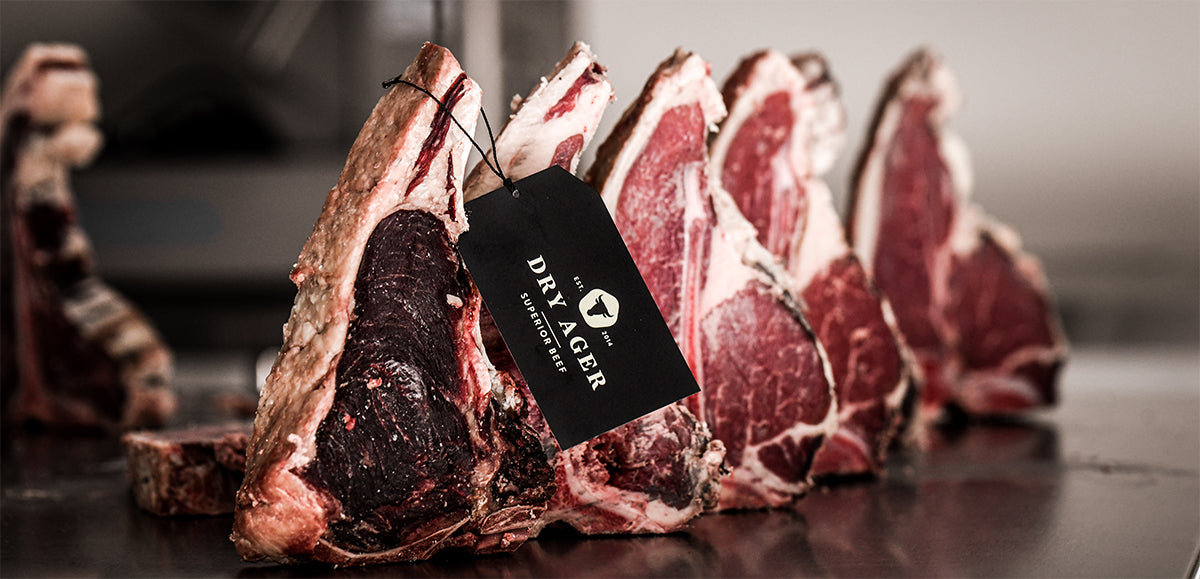
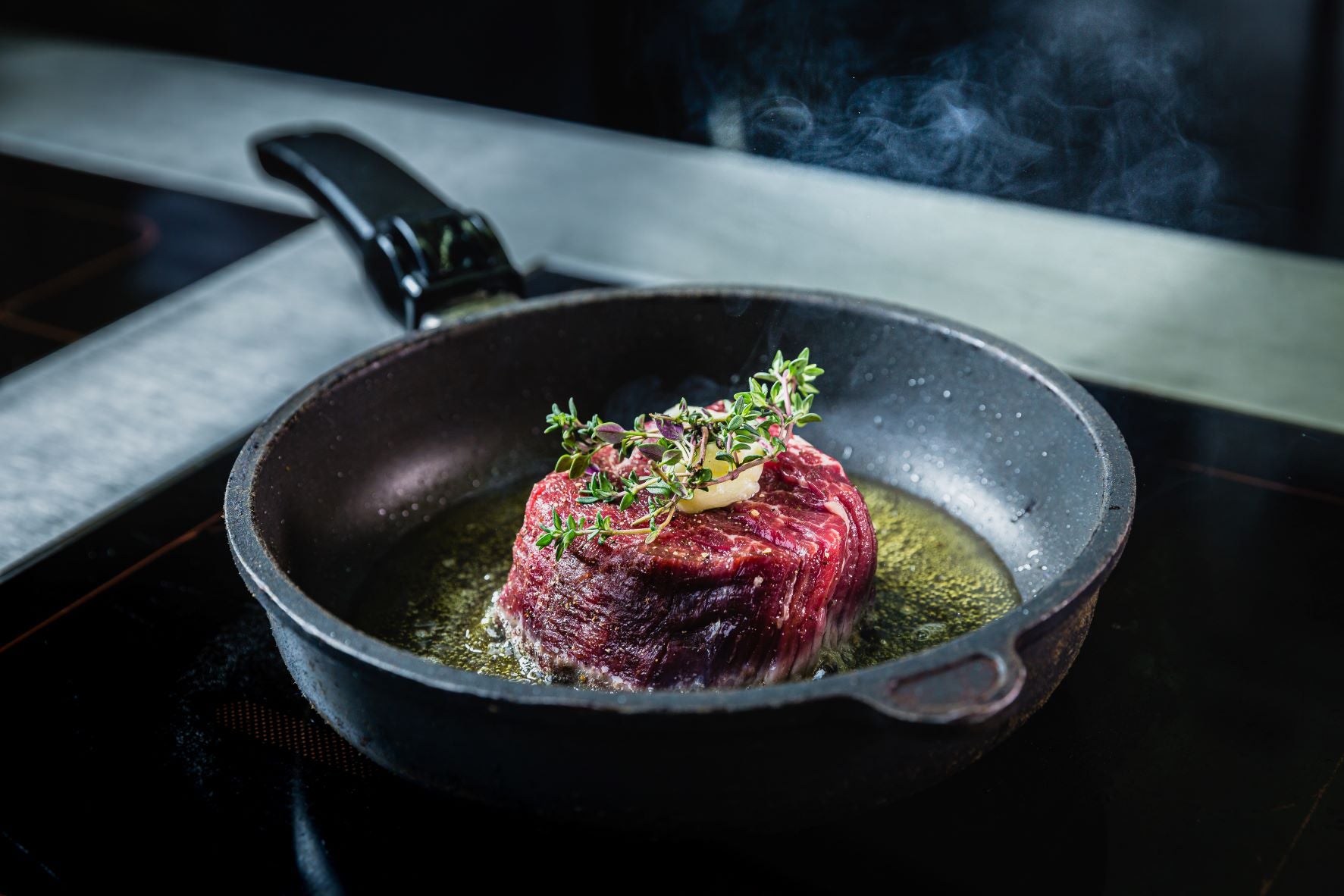




-(1)-v1698874891852.webp?1800x1800&options=w_60)
-v1698875542684.webp?1800x1800&options=w_60)
-v1698874761998.webp?1800x1800&options=w_60)

-v1698820861129.webp?1080x1080&options=w_60)

-v1698821538303.webp?1800x1800&options=w_60)
-v1698811480826.webp?1800x1800&options=w_60)
-v1698874595383.webp?1800x1800&options=w_60)
-v1698875626211.webp?1800x1800&options=w_60)
-v1698875873086.webp?1800x1800&options=w_60)



-v1698821398268.webp?1800x1800&options=w_60)
-v1698821470129.webp?1800x1800&options=w_60)
-v1698875782520.webp?1800x1800&options=w_60)

-v1698811595785.webp?1800x1800&options=w_60)
-v1698820347673.webp?1800x1800&options=w_60)
-v1698821691879.webp?1800x1800&options=w_60)
-v1698874683430.webp?1800x1800&options=w_60)

-v1698821620725.webp?1800x1800&options=w_60)












-v1698820941792.webp?1800x1800&options=w_60)

